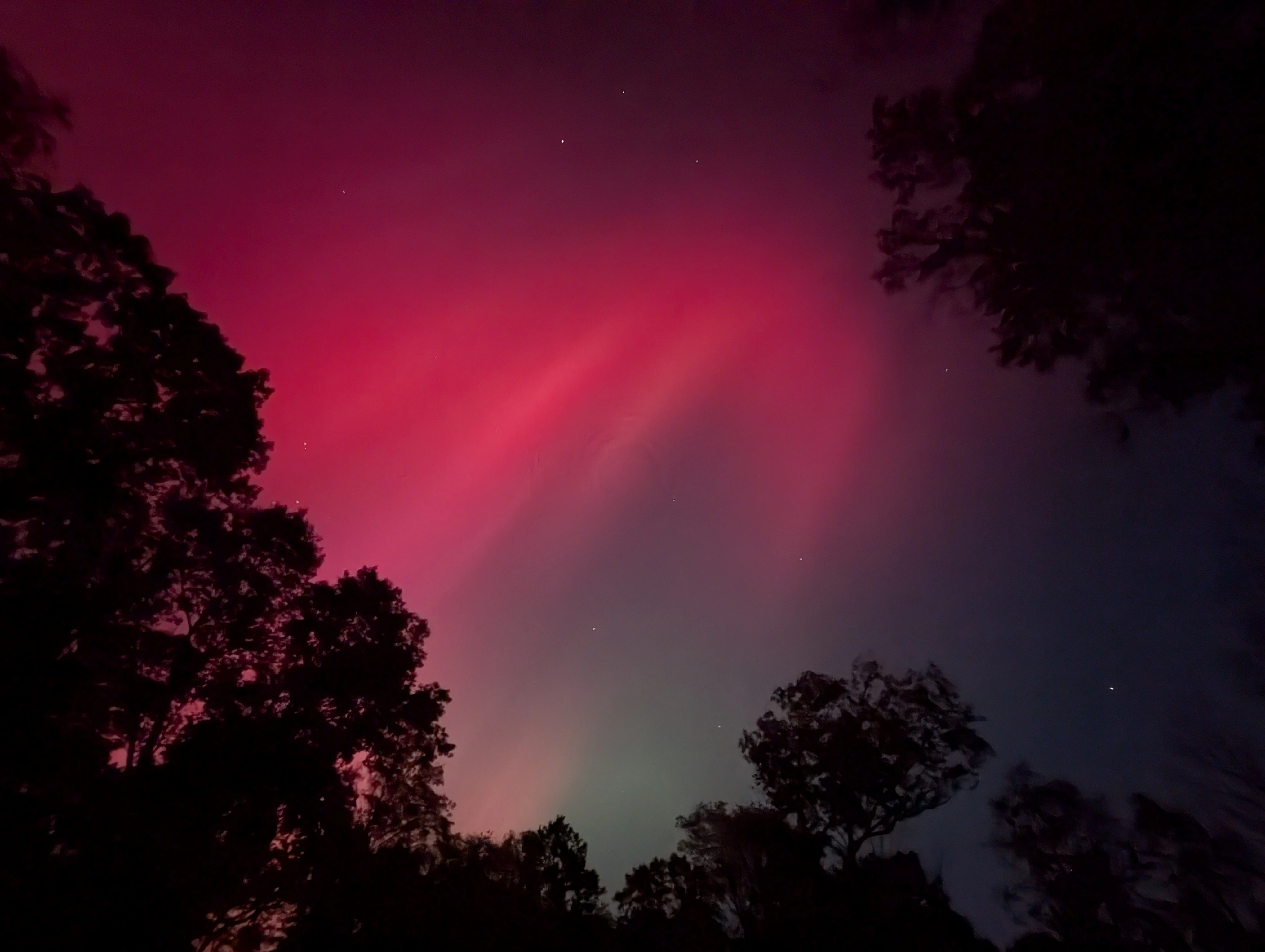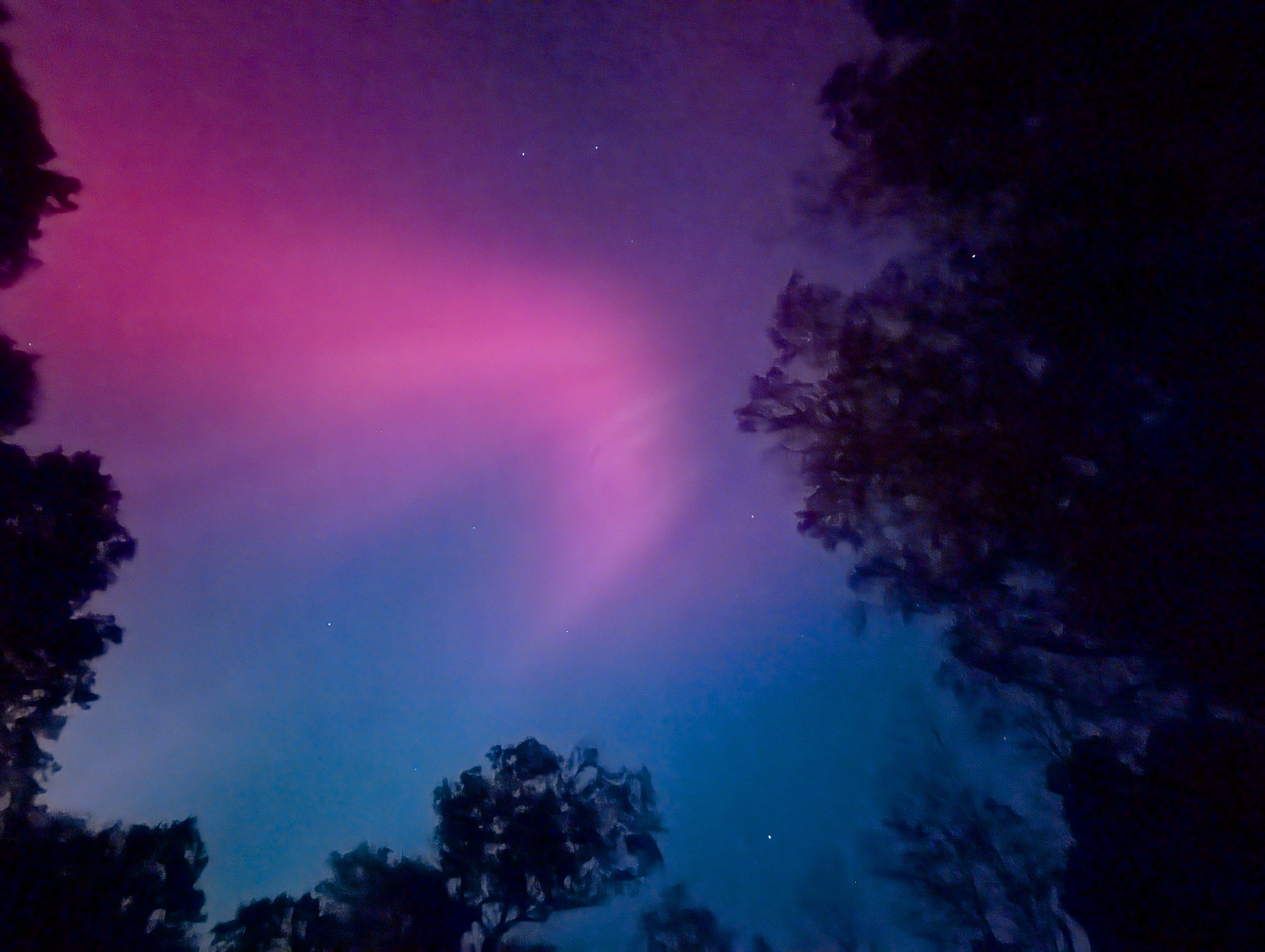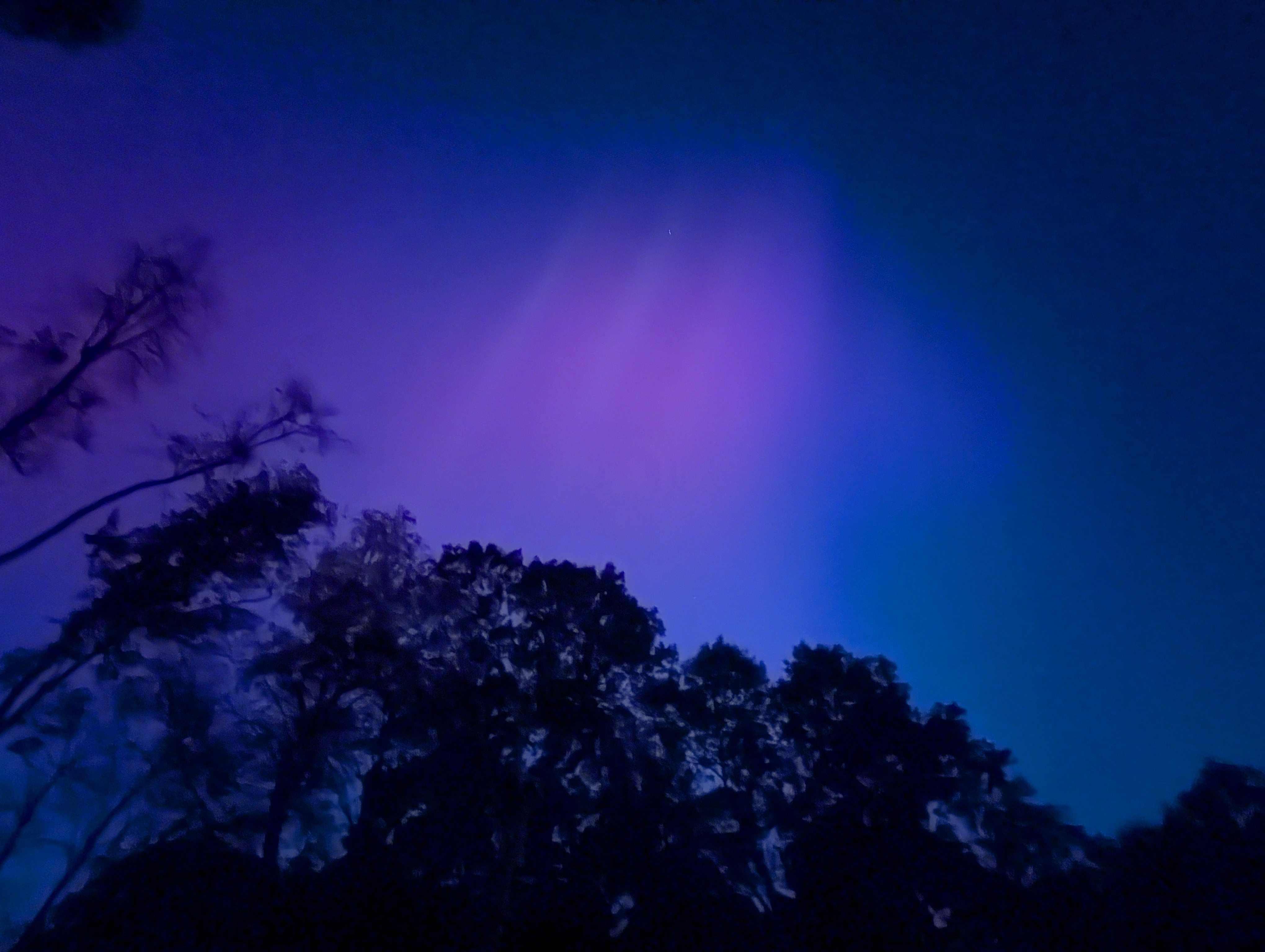It sure is pretty.
- 2 Posts
- 158 Comments
This looks like a New England forest.
Nebulas are just incredible.
Probably one of those asshole children who’ve only been cycling for a year or two. They don’t take the sport seriously.
And as a bonus, presumably you have a nice file filled with historic dates and times!

 12·26 days ago
12·26 days agoBeer mug warmers

 8·30 days ago
8·30 days agoI was lucky, too. I’ve waited so long to see these and it never worked out until now.



This was really cool. I’ve waited 40 years to see this, even went on vacation to Norway once hoping to see them and it never worked out until now.




 21·1 month ago
21·1 month agoI switched from portainer to dockge. Dockge makes updating a 1-click process which I love. Portainer is overkill for homelab, but I like how it lists things like images and networks.
I use zfs with Proxmox. I have it as a bind mount to Turnkey Fileserver (a default lxc template).
I access everything through NFS (via turnkey Fileserver). Even other VMs just get the NFS added to the fstab file. File transfers happen extremely fast VM to VM, even though it’s “network” storage.
This gives me the benefits of zfs, and NFS handles the “what if’s”, like what if two VMs access the same file at the same time. I don’t know exactly what NFS does in that case, but I haven’t run into any problems in the past 5+ years.
Another thing that comes to mind is you should make turnkey Fileserver a privileged container, so that file ownership is done through the default user (1000 if I remember correctly). Unprivileged uses wonky UIDs which requires some magic config which you can find in the docs. It works either way, but I chose the privileged route. Others will have different opinions.

 2·1 month ago
2·1 month agoThanks for the suggestion. I ended up using a Raspberry Pi and an old computer monitor to run MagigMirror and MMM-ImmichSlideShow.
I tried ImmichFrame, too, and will revisit it in the future. For now MMM-ImmichSlideShow is working well.
You mean like the one linked here? Or something with a specific URL like “killedbymozilla.com”?
The developer is still active with their other main project, Uptime Kuma. So that’s good.

 5·2 months ago
5·2 months agoThat’s good

 11·2 months ago
11·2 months agoThere are two types, CMR and SMR. You can read online about the differences. CMR is better because SMR tries to be all fancy in order to increase capacity, but at the cost of speed and data integrity.
It won’t be front and center in the specs of a particular drive, but you usually find the info somewhere.
I wouldn’t worry about higher capacity failing sooner. If you have 10x4TB vs 2x20TB, that’s 5x as many drives to go bad. So a 20TB drive would need a 5x worse fail rate to be considered worse. A pro of larger (fewer) drives is lower power consumption. 5-10 watts per drive doesn’t sound like much, but it adds up.

 61·2 months ago
61·2 months agoGood question, and I’m curious what the experts say. Surely it depends on the software that handles DHCP.
I’ve always set static addresses in the DHCP address range and it has always been reserved and never assigned to other devices. I’ve used ASUS and MikroTik for what it’s worth.
If you’re the type to set static addresses on the devices themselves, then that would certainly increase the risk of a conflict if it’s inside the address range.

 31·2 months ago
31·2 months agoRemoved by mod

 41·2 months ago
41·2 months agoRemoved by mod

 5·2 months ago
5·2 months agoI used Plex for a long time but moved to Jellyfin after reading about the general direction Plex is going (trying to commercialize it, partner up with industry, make it more than just a self hosted media service).
Both have what you’re looking for.
I would say Plex is slightly easier and has the benefit of PlexAmp (available for Linux, Windows, and mobile).
That being said, Jellyfin is about the same ease to get set up, but it’s just a tad less polished, but in sort of a nice way. It feels more like “yours”, if that makes sense.
For both, I recommend hosting them in Docker, using Docker Compose, and using the LinuxServer version. LinuxServer maintains updated software, packaged in an easy to install format and they help you out with sample Docker Compose files and explanations to get things running.


Looking forward to trying the latest update.